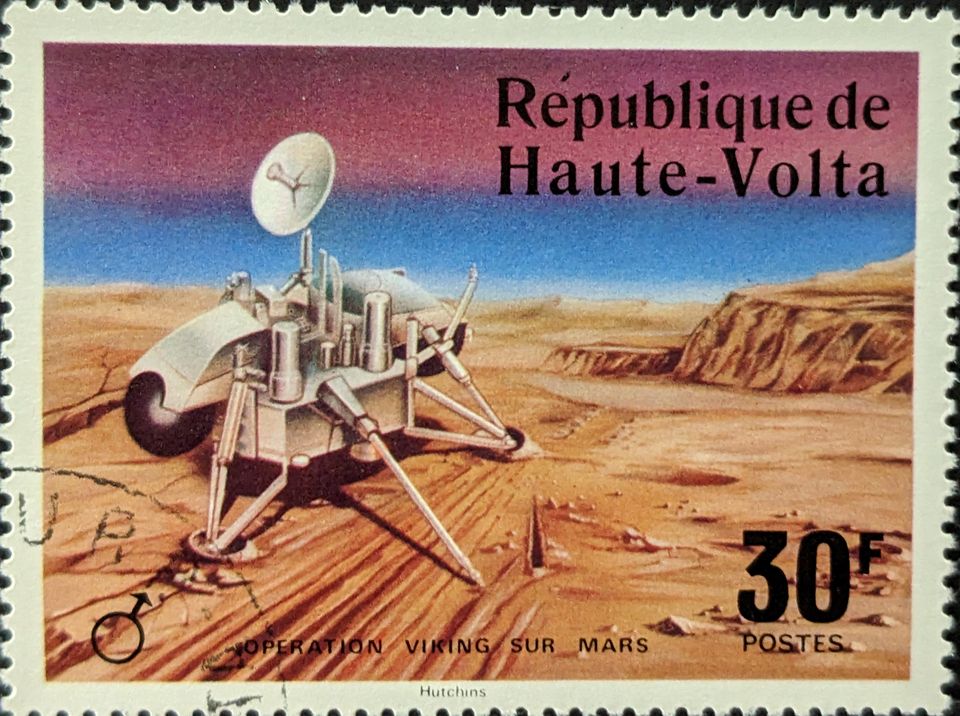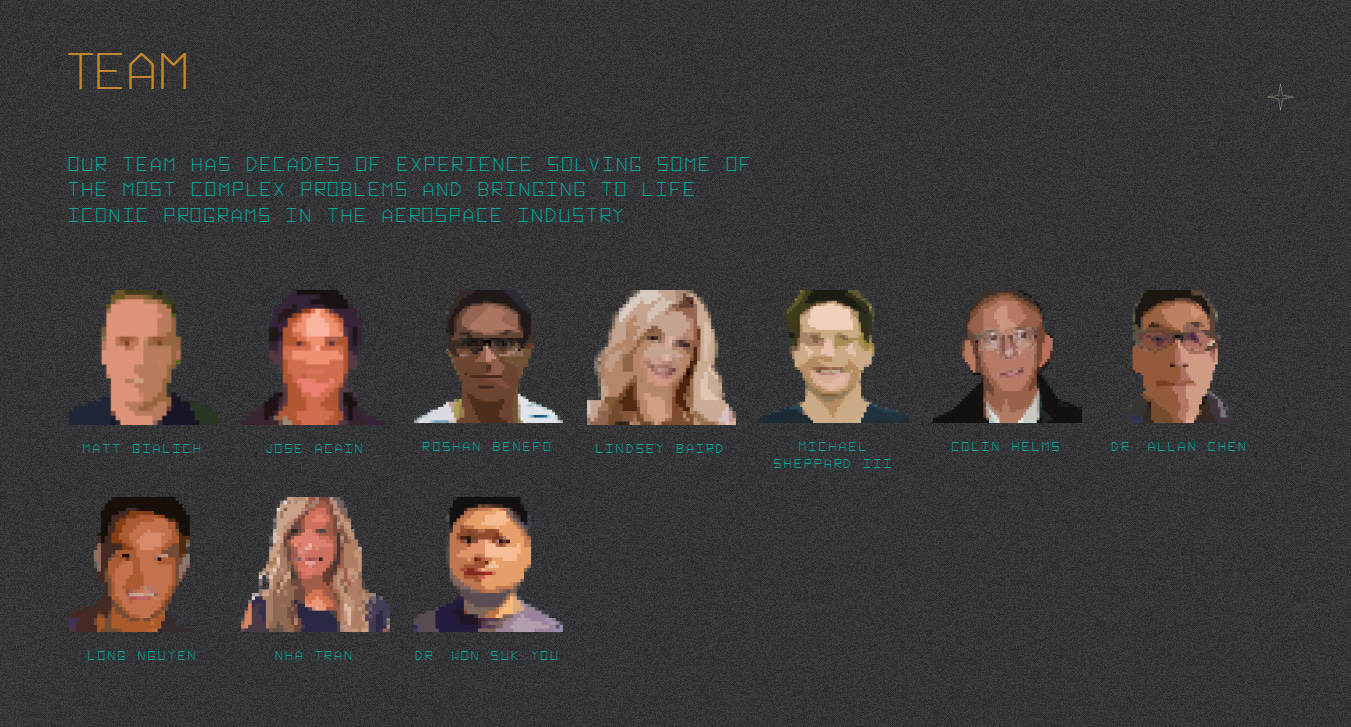AstroForge’s Asteroid Business: The Same, but Different?

A visit to AstroForge’s webpage contains a little bit of nostalgia for those of us who played or saw the Atari game “Asteroids” in bowling alleys, roller rinks, and arcades in the early 1980s. The vector-graphic inspired stars and moving asteroids of the game appear on AstroForge’s page background. That background makes me wonder if the company deliberately chose it to appeal to “old” people as investors (using nostalgia to circumvent rational thinking), or just thought the retro-design was cool. Maybe it is supposed to be a little of both.
Before AstroForge
Either way, AstroForge is making a run to create a commercial business that (unfortunately) has a history of failure: asteroid mining. For those unfamiliar with the topic, the name describes the activity. However, instead of explosives and large, expensive drilling machines, the startups are using small spacecraft, which will hopefully be less expensive. Those spacecraft will prospect and “mine” an asteroid. For fans of Daniel Suarez’s “Delta V,” that idea may come as a disappointment. Additionally, asteroid mining isn’t a big business. It’s actually hardly any kind of business.
It’s more of a concept.
Although, various government missions have successfully demonstrated different ways to get samples from objects in our Solar System. Those successes indicate the technology and processes are available to support something like asteroid mining. And yet…AstroForge’s commercial forerunners failed, which, however unfair it is to the company, puts it at a disadvantage with investors who witnessed/got stung by the previous endeavors.
Because of those previous failures, cynical thoughts are inevitable when it comes to yet ANOTHER company with plans for asteroid mining. The last time I covered that topic was during an analysis of ARCA Space’s white paper. At the time, I noted that ARCA had moved away from smallsat launch plans to a less realistic launch system. The company intended to use that system to support its yet-to-be-developed asteroid mining operation. Basically, the company seemed to move from a single focus–smallsat launch–to developing at least two systems, both appearing much more complex, with asteroid mining being the more ambitious of the two. I wasn’t (and still am not) optimistic about the company’s new direction.
There are, of course, previous companies with grand asteroid mining plans: Planetary Resources and Deep Space Industries (DSI). Billionaires and nations supported these companies. The existence of those companies inspired plenty of fevered predictions from investors, analysts, and marketers. But each company faded away for various reasons (a good read about those reasons are explained here). And while the predictions have also faded, the people making them haven’t.
Similar Spacecraft?
With that history in mind, I inevitably look askance at AstroForge’s latest announcement. In it, the company published plans of two spacecraft deployments 2023, one in April (Brokkr-1) and one (Brokkr-2) in October. I look at AstroForge and must wonder “How is it any different?” How do the company’s structure, management, and plans differ from those of Planetary Resources or DSI? Is it deja vous all over again?
There are some similarities between the general plans of AstroForge and DSI, for example. DSI was initially going to use existing cubesat-based probes (called Fireflies) to scout asteroids in near Earth orbit. Then it would send out a larger probe to bring back asteroid samples, a mission that the company thought would take three to four years. The company even noted it might ship precious metals to Earth. AstroForge is also using cubesats, although smaller than DSI’s. Like DSI, AstroForge shared that its goal is to use inexpensive satellites for these missions, eventually getting their costs down to less than $10 million each. That is achievable, based on the smallsat busses available, but that cost also depends on the mining payload’s complexity.
AstroForge’s scheduled mission implementation is slightly different. Brokkr-1 will be deploying with an “asteroid-like material” to demonstrate its “mining” equipment. Brokkr-2, which is to be deployed in October, seems similar to DSI’s Fireflies, searching out near Earth asteroids for precious metals. The satellite’s mission requires eight months of travel to an asteroid and then assess its viability as a mining target. AstroForge’s announcement only mentions those two missions, but one might guess that once a target asteroid is verified as a mining opportunity, the company will send out yet another spacecraft to mine it and return to Earth. That unannounced mission will probably take more time than the 8-month Brokkr-2 mission.
Overlooked Expertise?

By that time, AstroForge will have theoretically proven the usefulness of Brokkr-1’s technology. But, if it is successful, how practical will it be? That question could be answered by someone that appears to be missing from AstroForge’s core team: a mining business expert. Of course, the team has the usual space entrepreneurs and various engineers, which makes sense for the spacecraft side. But a mining company, especially one mining asteroids, should at least have someone on the team who is intimately familiar with the mining business.
The fact that it doesn’t should temper some of the enthusiasm AstroForge seeks to generate. How could the company develop a legitimate business case if it isn’t acquainted with the latter half of its business: mining? The ability to mine effectively on Earth or in space could probably use a miner’s point of view, especially if fancy extraction technology is involved. Surely AstroForge doesn’t believe terrestrial mining is a simple, inexpensive endeavor. It is neither, and adding the complexity of space operations and the space environment is unlikely to make it simpler or cheaper.
Yes, the company conducted research with the Colorado School of Mines–but the point of the research was to determine where most of the metal-rich asteroids are in the asteroid belt, not mining advice. So while the proposed initial valuations of precious metals look enticing as AstroForge’s satellites begin mining, there is a problem.
If successful, how will the company handle the devaluation of those precious metals as it brings more and more to Earth? For a few years, AstroForge, as a pathfinder in asteroid mining, will probably get a good return for its efforts. However, once it demonstrates this capability, others might jump into the business, too. Even if AstroForge were to remain the only asteroid mining company in the Solar System, its efforts would inevitably demonstrate that precious metals are only precious when they are rare. It’s also unclear if AstroForge has a legal strategy prepared to deal with the inevitable suits that mining companies will file on Earth as they attempt to fight the devaluation of their holdings.
Possible Does Not Indicate Realistic
None of the above doesn’t mean that asteroid mining is impossible. It’s just that the companies that came before AstroForge exaggerated just how quickly they could start space mining operations. In addition, they appeared to downplay the need for understanding earthbound mining, which likely contributed to their delays and eventual disappearance.
Based on the report, companies like DSI also suffered from an affliction seen in other space startups: they overpromised and under-delivered. That imbalance frustrated DSI’s investors enough that they pulled support. Maybe that’s one part of history AstroForge is not following, as its immediate missions seem reasonable. But that’s not clear. Clearly, AstroForge's general plans appear similar to those of its predecessors. It may be that designing, prototyping, and testing spacecraft for asteroid mining leads to those similarities. It may also be that small satellite bus pricing has come down, with some companies manufacturing them faster, which may help keep costs down for AstroForge.
The question remains, is its overall mission, to “...make space resources accessible on Earth,” realistic (and profitable)? Or, like AstroForge’s webpage background, is the mission attempting to capture excitement through nostalgia while simultaneously claiming things will be different? The answer is difficult to divine. There are those plan similarities with the failed companies. It doesn’t appear to have in-house mining expertise. But it seems to be on track in deploying two missions in 2023.
AstroForge is aware of a hunger for something more to be done in the space industry. It has noted the many companies diving into the launch and satellite imagery businesses and that taking a different, albeit well-worn path will excite people. It thinks that its business will prove attractive to investors.
Will learning lessons from AstroForge’s predecessors be enough to help it succeed?




Comments ()